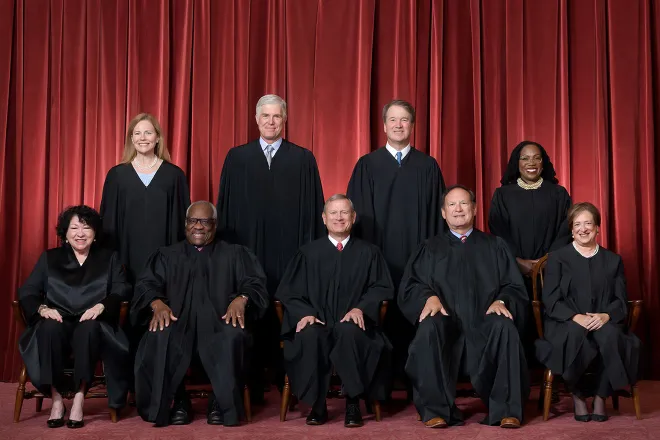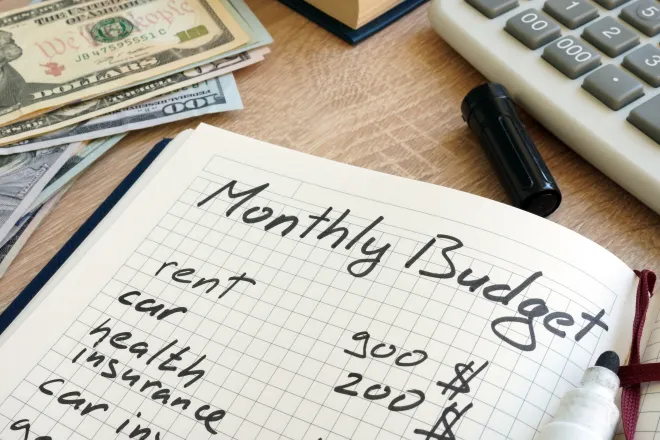
Rural telehealth sees more policy wins, but only short-term
Click play to listen to this article.
As the new year unfolds, rural health providers in North Dakota and other states will continue to have extra latitude in using telehealth technology. But a temporary extension of key rules still leaves uncertainty.
When Congress avoided a government shutdown in late December, it approved a funding resolution that runs through mid-March. For the next few months, that plan keeps in place relaxed telehealth regulations for people on Medicare that started during the pandemic.
Even though telehealth use has declined since the COVID emergency ended, said Brad Gibbens, deputy director of the Center for Rural Health at the University of North Dakota School of Medicine and Health Sciences, this option is still useful in remote areas.

© iStock - nevarpp
"People can not only stay in their own community and interact with a physician or another type of provider and not having to travel," he said, "they can actually, in many cases, do this right out of their home."
He added that because these interactions are timelier, telehealth cuts down on health-care costs by reducing hospital admissions. A number of health organizations want the relaxed rules made permanent, so providers can better plan for them and patients don't lose continuity.
Telehealth access has bipartisan support, but skeptics have voiced concerns about privacy breaches and lower quality of care.
Gibbens stressed that telehealth should not be seen as a replacement for in-person visits. When the situation allows, he said, doctors still prefer having a patient come see them.
"They feel they get more of a review of the patient by seeing their body language and how they react," he said, "and it's kind of the nature of medicine."
However, Gibbens disagreed with assertions that there's a dropoff in the level of care when the visit happens online. He said that for patents in areas with very limited provider access or transportation gaps, telehealth is better than no care at all. He added that broadband investments have helped smaller clinics overcome technology barriers in enhancing online appointments.















